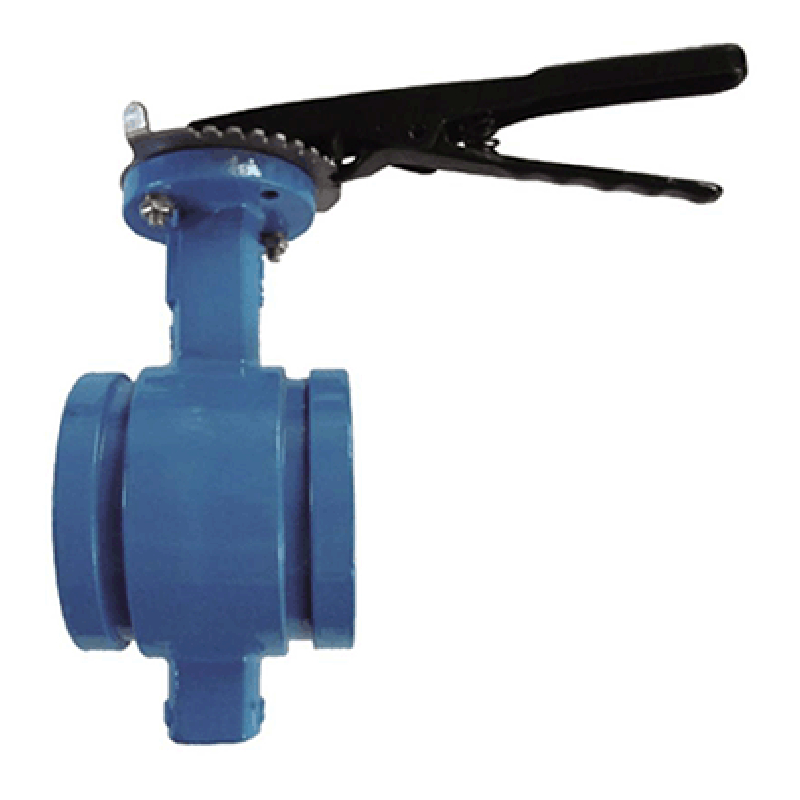Novemba . 19, 2024 06:04 Back to list
grooved butterfly valve
Understanding Grooved Butterfly Valves
Butterfly valves are widely recognized in the realm of fluid control systems for their ability to regulate the flow of liquids and gases efficiently. Among the different design variations of butterfly valves, the grooved butterfly valve stands out due to its unique construction and functionality. This type of valve is specifically engineered for ease of integration into piping systems, offering a reliable solution for various industrial applications.
What is a Grooved Butterfly Valve?
A grooved butterfly valve is a type of valve characterized by a flap (or disc) that pivots to open and close the pathway for flow. The grooved designation refers to the integration of grooves in the valve's body, which allows it to connect seamlessly with grooved piping systems. This design feature not only simplifies installation but also ensures a tight seal, minimizing the risk of leaks.
Construction and Design
The construction of a grooved butterfly valve typically involves robust materials such as stainless steel, ductile iron, or other corrosion-resistant alloys. The disc is mounted on a shaft that runs through the center of the valve body. When the valve is actuated, the disc rotates, either allowing or obstructing flow through the pipeline. The grooved ends of the valve are designed to accommodate pipe fittings that feature corresponding grooves, enabling quick and secure connections. This design minimizes the need for additional fittings or adapters, thereby reducing installation time and costs.
Advantages of Grooved Butterfly Valves
1. Ease of Installation One of the primary advantages of grooved butterfly valves is their straightforward installation process. The grooved connection allows for quick attachment to pipes, which is particularly beneficial in environments where downtime must be minimized.
grooved butterfly valve

2. Compact Design Grooved butterfly valves are typically more compact than other valve types, making them suitable for installations with limited space. Their slim profile allows for efficient use of space while maintaining high flow rates.
3. Reliable Sealing The design of grooved butterfly valves provides an excellent sealing mechanism. The resilient nature of the materials used ensures that the valve can withstand high pressures and temperatures, ensuring longevity and reliability.
4. Versatility Grooved butterfly valves can be utilized in a variety of industries including water treatment, HVAC systems, chemical processing, and oil and gas. Their ability to handle different types of fluids makes them a versatile choice for many applications.
5. Reduced Maintenance The materials and construction of grooved butterfly valves minimize wear and tear over time. This results in reduced maintenance costs and ensures that the valve remains operational for an extended period.
Applications
Grooved butterfly valves are commonly used in numerous applications. In water supply systems, they regulate the flow of potable water and wastewater. In HVAC systems, they control airflow efficiently, contributing to energy savings and system effectiveness. Additionally, in industrial processes, these valves provide precise control over fluid dynamics, enhancing overall productivity.
Conclusion
In summary, grooved butterfly valves present an effective solution for fluid control in various applications. Their ease of installation, compact design, and reliable sealing make them a popular choice across multiple industries. As technology advances, the continued development and optimization of grooved butterfly valves will likely enhance their performance and broaden their applicability even further. As industries evolve, the importance of reliable and efficient fluid control solutions like the grooved butterfly valve will remain paramount.
Share
-
Reliable Wafer Type Butterfly Valves for Every IndustryNewsJul.25,2025
-
Reliable Flow Control Begins with the Right Ball Check ValveNewsJul.25,2025
-
Precision Flow Control Starts with Quality ValvesNewsJul.25,2025
-
Industrial Flow Control ReliabilityNewsJul.25,2025
-
Engineered for Efficiency Gate Valves That Power Industrial PerformanceNewsJul.25,2025
-
Empowering Infrastructure Through Quality ManufacturingNewsJul.25,2025